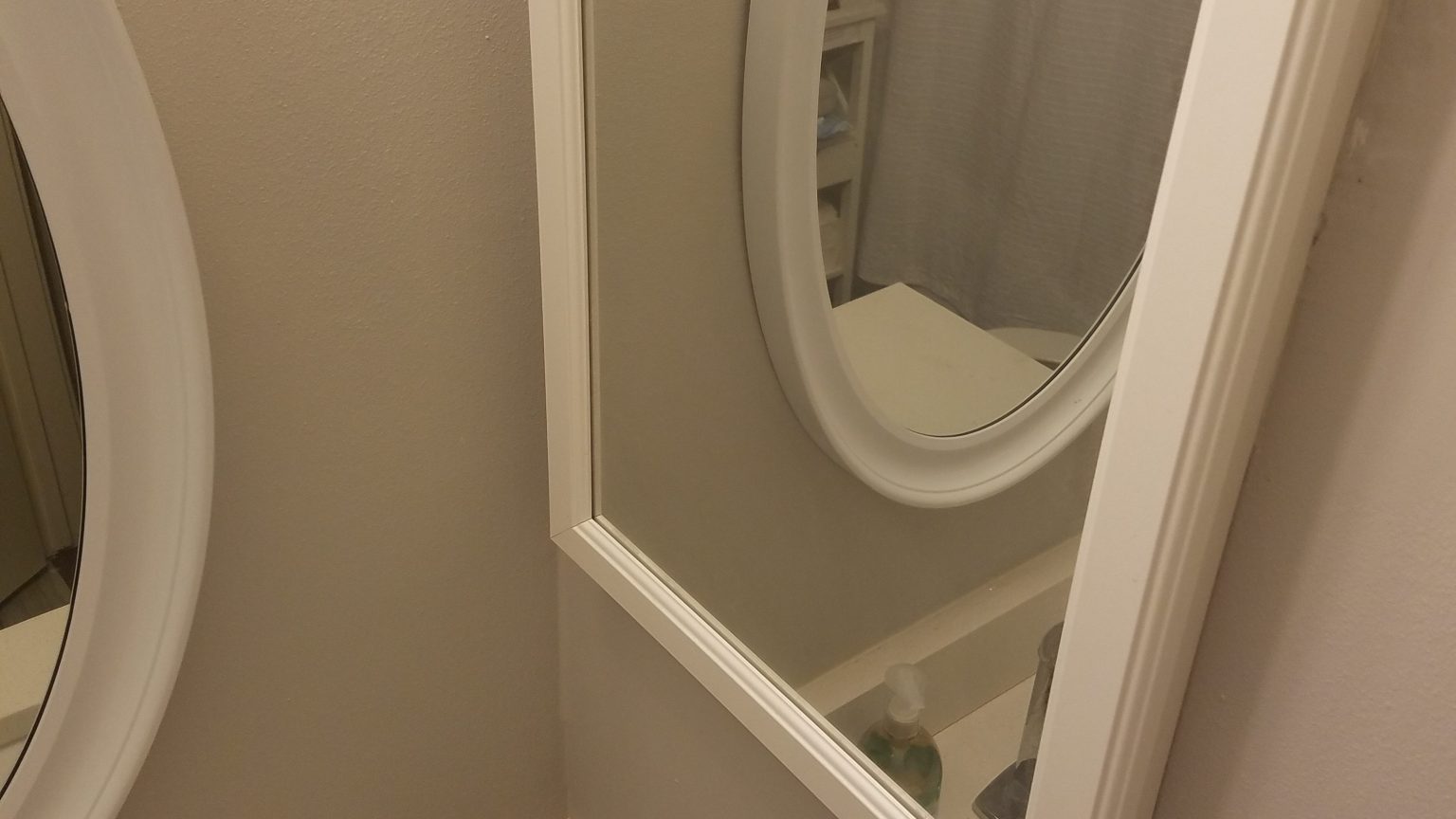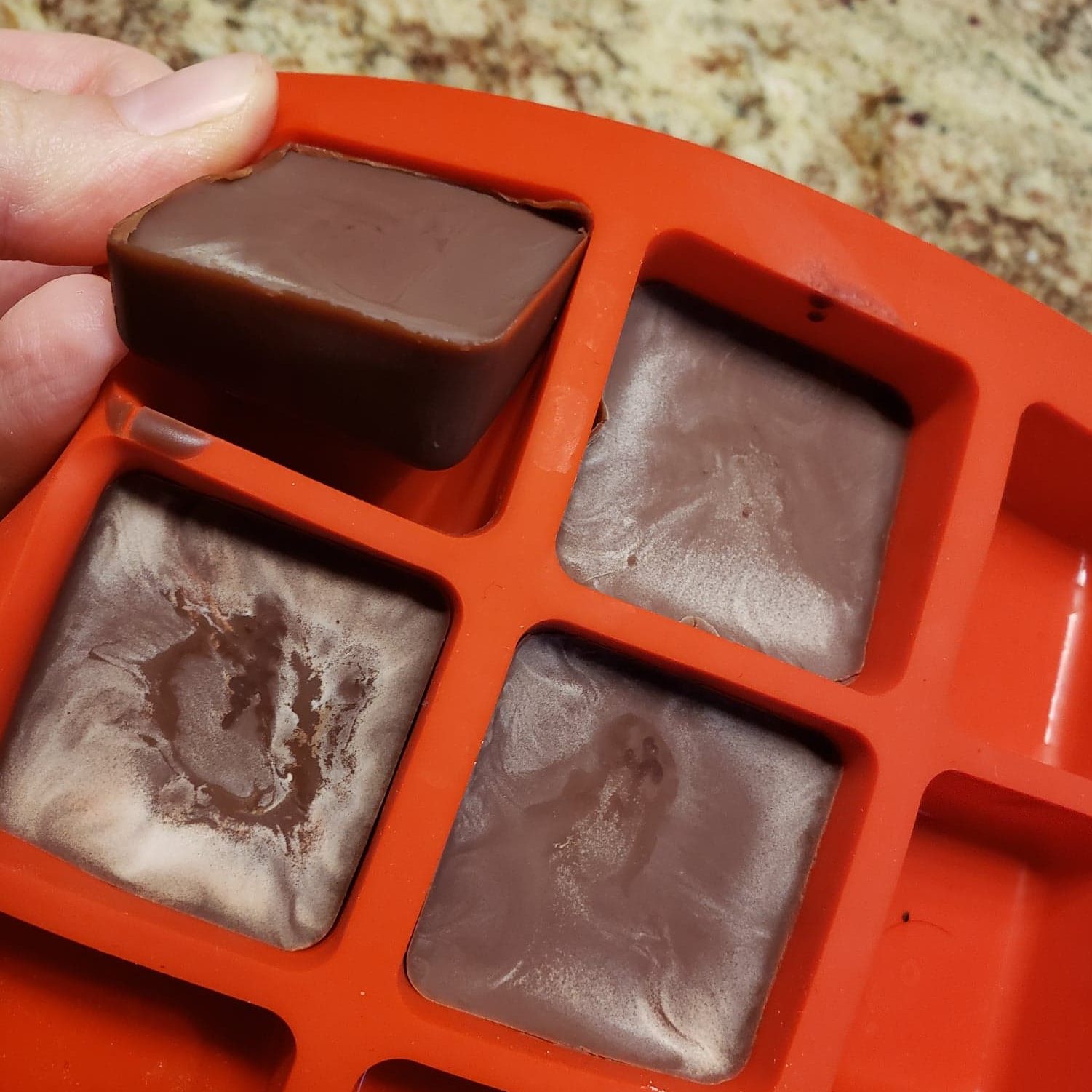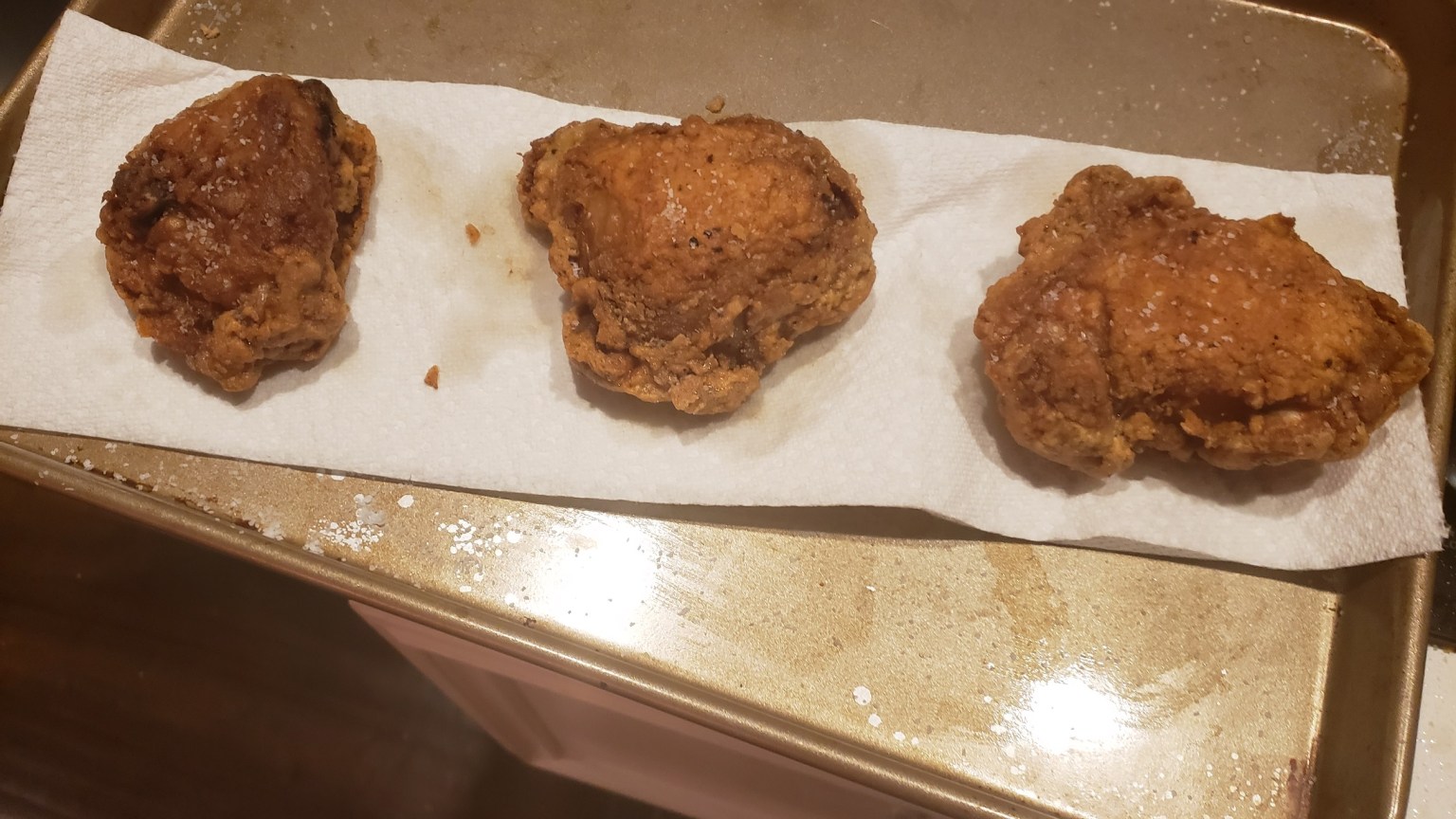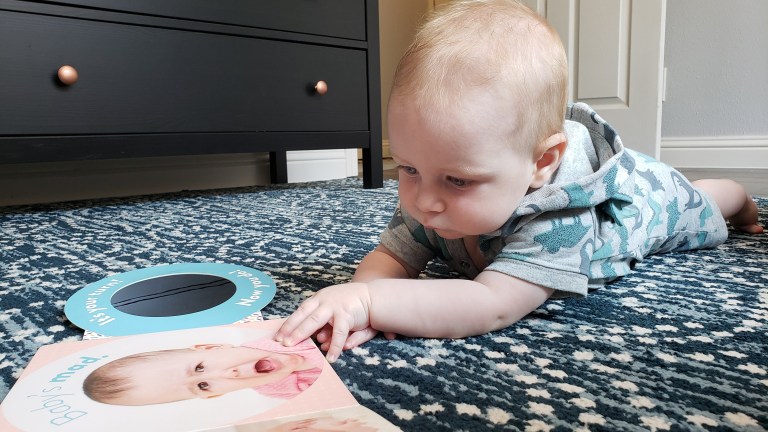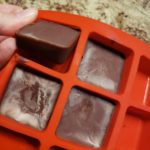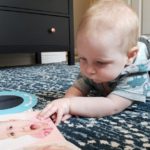The other day I was speaking with a mother, who had tried EVERYTHING for their child. Every med. Every combination. For years.
When I meet a kiddo like this, I find myself asking more or less, the same question – were they ever getting ALL of their stool out on a daily basis using the medications, or just a fraction of it?
First, we need to talk about why medications are important.
My perspective is that in order to achieve progress in making your body a better pooper, first, you have to make the body be successful – using whatever means necessary – to get the stool out completely on a daily basis. Once the body forms a new habit of completely evacuating daily, then you can move forward and fine-tune the body's mechanics of getting stool out – this is when you work on the physical mechanics, positioning, and breathing requirements of healthy and productive stool evacuation. After toileting becomes easy and habitual, and those mechanics to get poop out become normalized, then the medications can be slowly, and carefully titrated down. Little by little – likely much slower than you would expect. It would be an unachievable goal to wean a child from taking 1, 2 or 3 caps of Miralax per day, and immediately transition to 0 caps per day. The body wouldn't know what to do, and would go back to square one – constipation, again. The kiddo becomes scared of painful poops, disheartened, and unsuccessful. And the cycle continues.
There are lots of scary articles, communities, and stories citing the dangers that MiraLAX® brings. From my perspective, yes, any medication can potentially lead to any number of side effects. We are all different, our bodies are different, and our responses to medications will likely be different as well. However, the dangers and side effects of chronic constipation are known, and easily connected through physiological changes that happen in your body. So, could your child be affected by a potential side effect of MiraLAX®? Yes – potentially. But if you skip the MiraLAX®, and constipation continues to worsen, will they develop long term effects, and will the problem worsen? Yes – definitely. And here's the thing – if your child goes on MiraLAX® in the short term, he/she goes through the process of improving, graduates out of his/her constipation, and successfully weans off the MiraLAX®, he/she are then in a situation where he/she no longer have the potential to develop EITHER of the effects of constipation nor MiraLAX®. Win, win.
Goal number one: Make sure your child is getting all of their poop out daily. Use the medications needed to do so, to help them first create a habit of daily and complete evacuation.
OK, great. So, your kiddo is on medication. But it isn't working. Its never worked. Well, medications that treat constipation have the ability to work well, given the right factors. But if the medications aren't given the right environment to work as they are supposed to, there won't be progress made.
There are a few various types of medications that work to treat constipation. Some work to 'turn on' the 'tubes' of our gastrointestinal system, to help push the poop through better – in medical terms, these medications stimulate the process of peristalsis. Examples of medications like these would be ex-lax®. I'll talk about these another time. But there are other types of medications, like MiraLAX®, or PEG 33350, that are osmotic laxatives. This means that through the process of osmosis, these medications pull existing water from the body into the stool, to prevent the body from overly drying it out – thus softer poop, and as a result, an easier time defecating. So, if your child isn't taking in an abundance of water – meaning more than their recommended amount – the MiraLAX® very likely isn't able to work. There simply isn't enough excess water in the body for the MiraLAX® to pull into the stool. No water in the body means no water that can be pulled into the stool. Which means continued hard and painful poops. Or none at all.
So, what can you do? Push water as much as you can. Use sugar-free flavorings if needed or mix with a small bit of juice. Push the popsicles. Melons are high in water content. So are squash and smoothies. A good estimate of the amount of water a kiddo (or adult) should be taking – 4 years of age or older – is half of their body weight in ounces. For example, a ninety-pound kiddo should be having at least 45 ounces of water per day. More if they're on MiraLAX®.
Goal number two: Ensure the medication your child is taking has the opportunity to work how it is supposed to.
The final thing I emphasize to families struggling with medication regimens that don't seem to be working, is to focus on consistent dosing – no major changes to how much medication the child gets per day. If a kiddo is getting 1 cap of MiraLAX® per day and is doing well – completely evacuating every day – for three days in a row, and you decide to titrate back to 1/2 cap, the body doesn't know what to do. The stool is suddenly harder, and then the body doesn't know how to continue to move that harder stool through the intestines – it simply doesn't have the capability to, because it has never had to in the past. And then if the stool DOES make it to the rectum, and the child attempts to evacuate it, they then don't have the mechanics to be able to push the harder stool out. They don't know how, and they don't have the tools to do so. Just like learning to do a new skill, like managing a yo-yo.
Toileting is a skill, and if the skill is unlearned through the process of constipation, your child will have to relearn this skill.
Softer stool requires less bulge pressure and less appropriate mechanics to get stool out – which is why this is the first step of the whole process towards continence. But once a kiddo is going regularly, it is simply an unrealistic expectation to assume that you can start titrating the medication down, without ensuring that they have the appropriate mechanics to evacuate harder stools. This is setting them up for failure. Which is why pelvic floor functioning is necessary to appropriate evacuate stool, and overcoming constipation.
Goal number three: Give your child a month of successful bowel movements using the medications before you attempt anything new.
Let them have time to understand that pooping does not have to be painful, difficult, or a battle. Four weeks is typically the recommended length of time to build a new habit. So – for four weeks, give them enough medication and water to successfully evacuate all of their stool daily. Once that happens, they will likely be motivated, and feel positive about toileting, which will make all of the future steps that much easier.
What's in your medicine cabinet? Is there something in there that you may have overlooked? Maybe you didn't give enough of a chance? Or maybe you simply gave up too soon for that month-long habit to develop?
Related Posts


